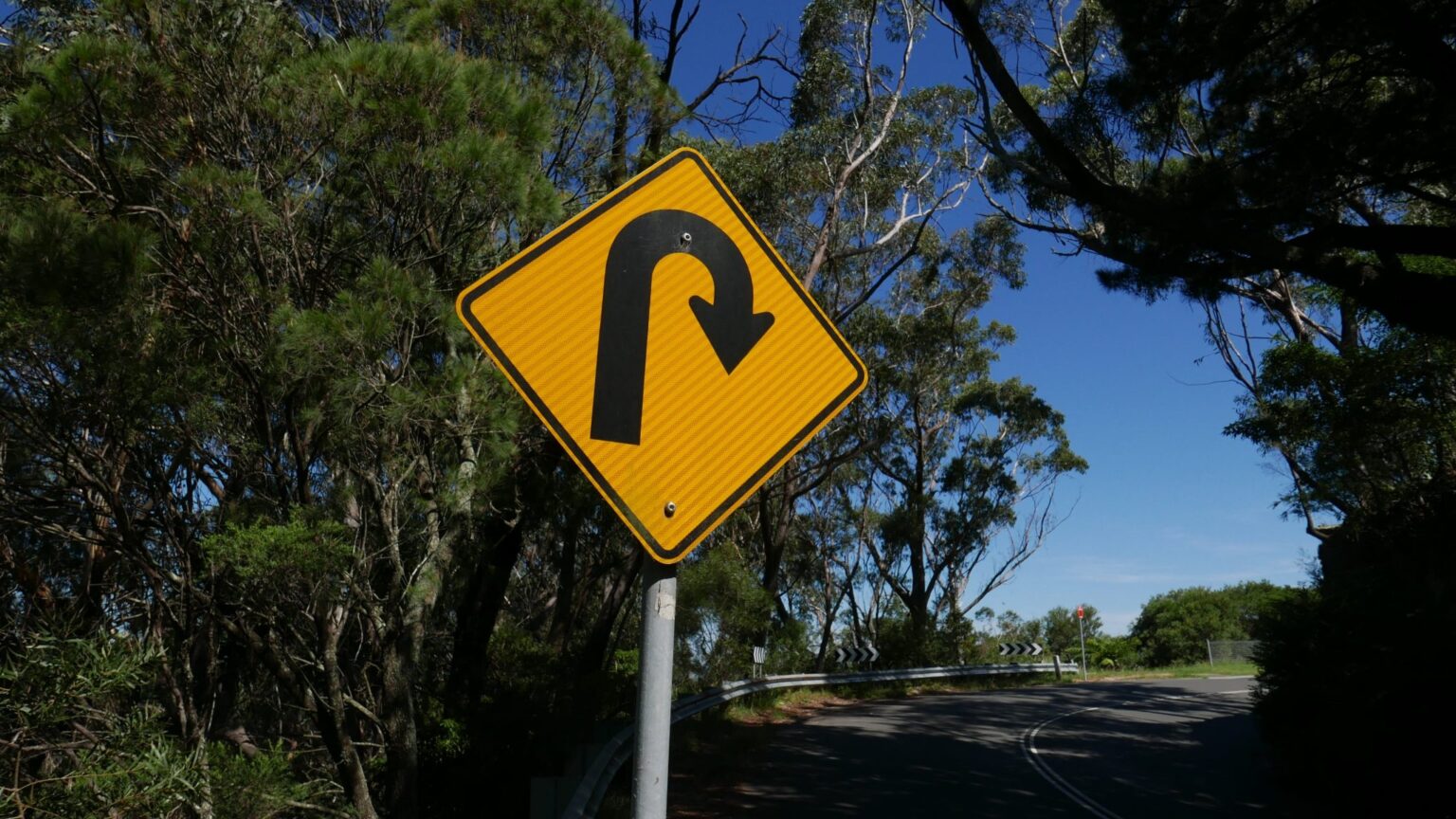Low-frequency hearing loss is hearing loss characterized by difficulty hearing low-pitch sounds, including men’s voices, musical bass and thunder. It’s sometimes called reverse-slope hearing loss due to the shape it makes on an audiogram, which is a standard chart that Audiologists use to measure levels of hearing loss.
For most people with low-frequency hearing loss, sounds at the volume of normal speech are most difficult to hear, particularly vowel sounds, which are vocalized at a lower frequency than consonants. If you don’t already wear hearing aids, asking people to speak more loudly can be helpful.
What Are the Signs of Reverse-Slope Hearing Loss?

Apart from the regular symptoms associated with hearing loss, like difficulty talking on the phone and discerning speech when there is a lot of background noise, signs of low-frequency hearing loss include:
- An easier time hearing women and children than men
- Lack of “rumble” sound from car, truck and airplane engines
- Keen sense of hearing for high-frequency sounds others cannot hear
- Preferring people to stand close to you when having a conversation
- Own spoken speech sounds relatively normal
What Causes Reverse-Slope Hearing Loss?
Most cases of low-frequency hearing loss are associated with Meniere’s Disease – an autoimmune disorder that causes spells of hearing loss, dizziness/vertigo and tinnitus (ringing in the ears).
Some cases are genetic and present at birth, and others are acquired later in life, such as after a childhood illness.
It’s not uncommon for low-frequency hearing loss to worsen over time, eventually affecting more than just low frequencies.
What if I Suspect Low-Frequency Hearing Loss?
Low-frequency hearing loss can be difficult to diagnose since it is so rare, and hearing tests are typically calibrated to detect the more common high-frequency hearing loss. However, with accurate, in-depth tests, an audiogram can display the tell-tale shape of reverse-slope hearing loss.
If you’re diagnosed with low-frequency hearing loss, hearing aids can be a great option to amplify low-frequency sounds. Expect some degree of trial and error, as low-frequency hearing loss is more difficult to treat and may take some time to find the best amplification.
For more information about low-frequency hearing loss, schedule an appointment at Hearing Services of Santa Barbara.